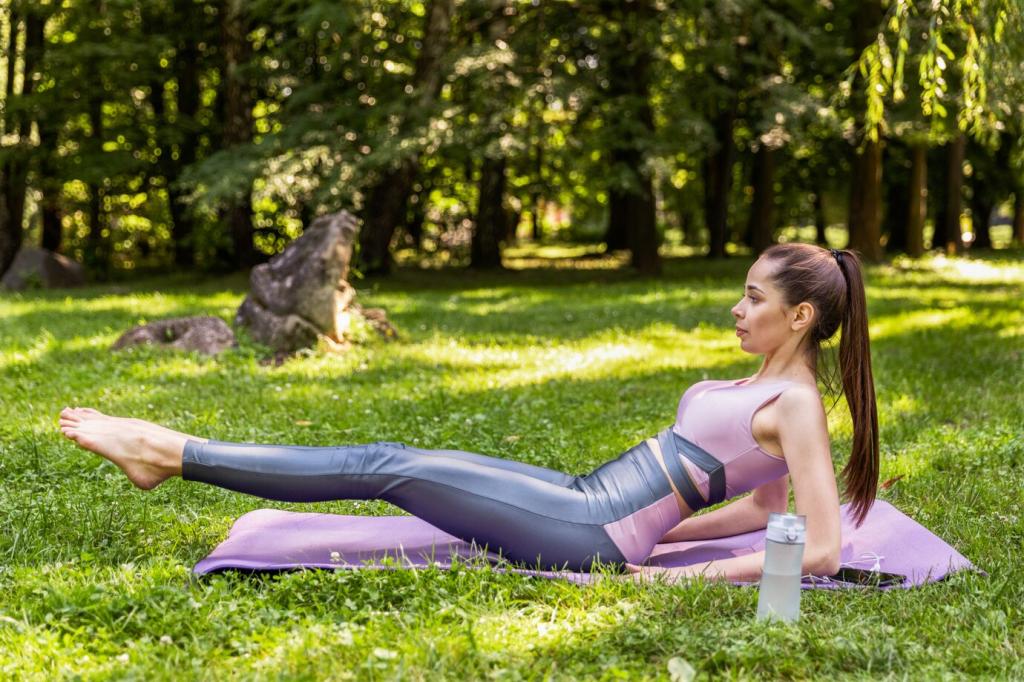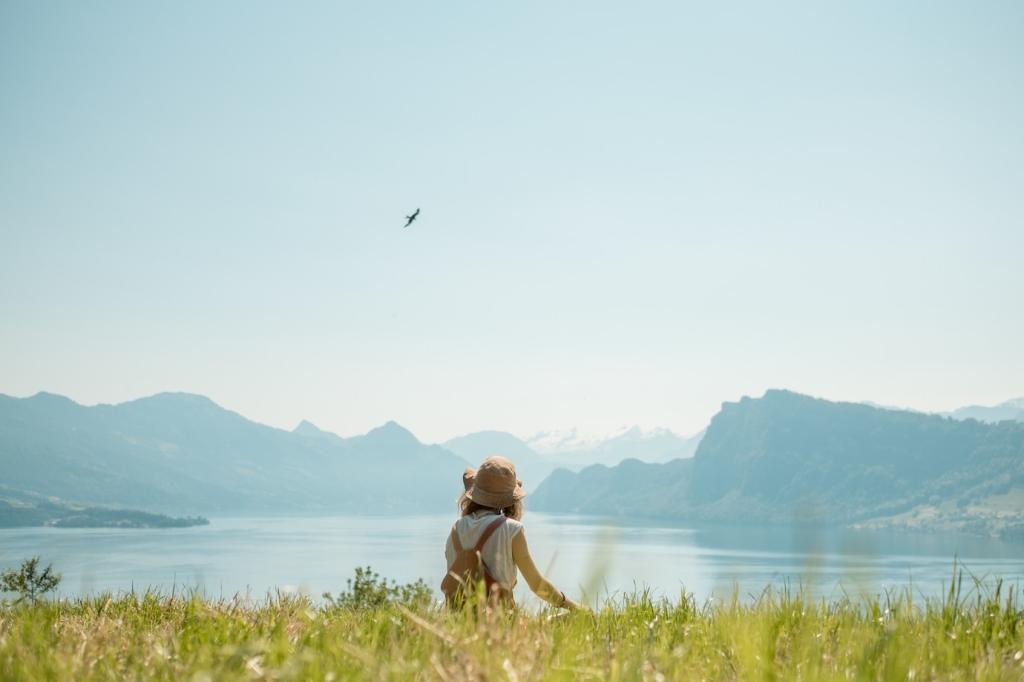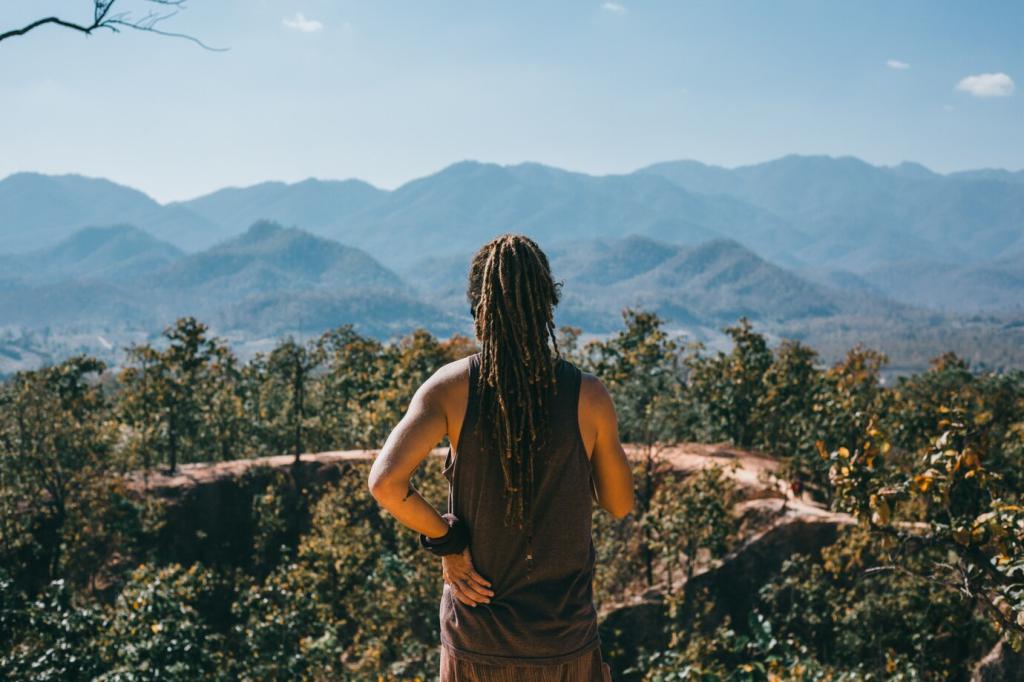Build Community Around Nature Meditation
Walk together in quiet for fifteen minutes, then debrief for five. Silent companionship reduces anxiety about safety and cultivates mutual accountability. Rotate who chooses the spot, and celebrate small wins like returning weekly. Tell us how it went in the comments.
Build Community Around Nature Meditation
After practice, jot sensory details, emotions, and one fresh question. Post a short reflection to spark conversation and encourage others. Your words might guide someone to try their first sit beneath a maple. Subscribe to receive monthly journaling prompts.






